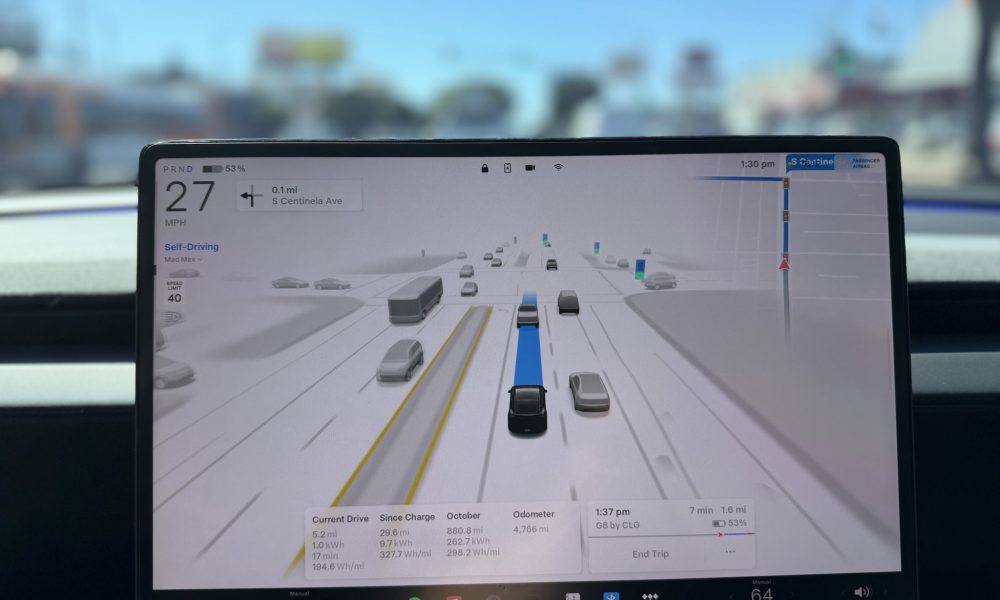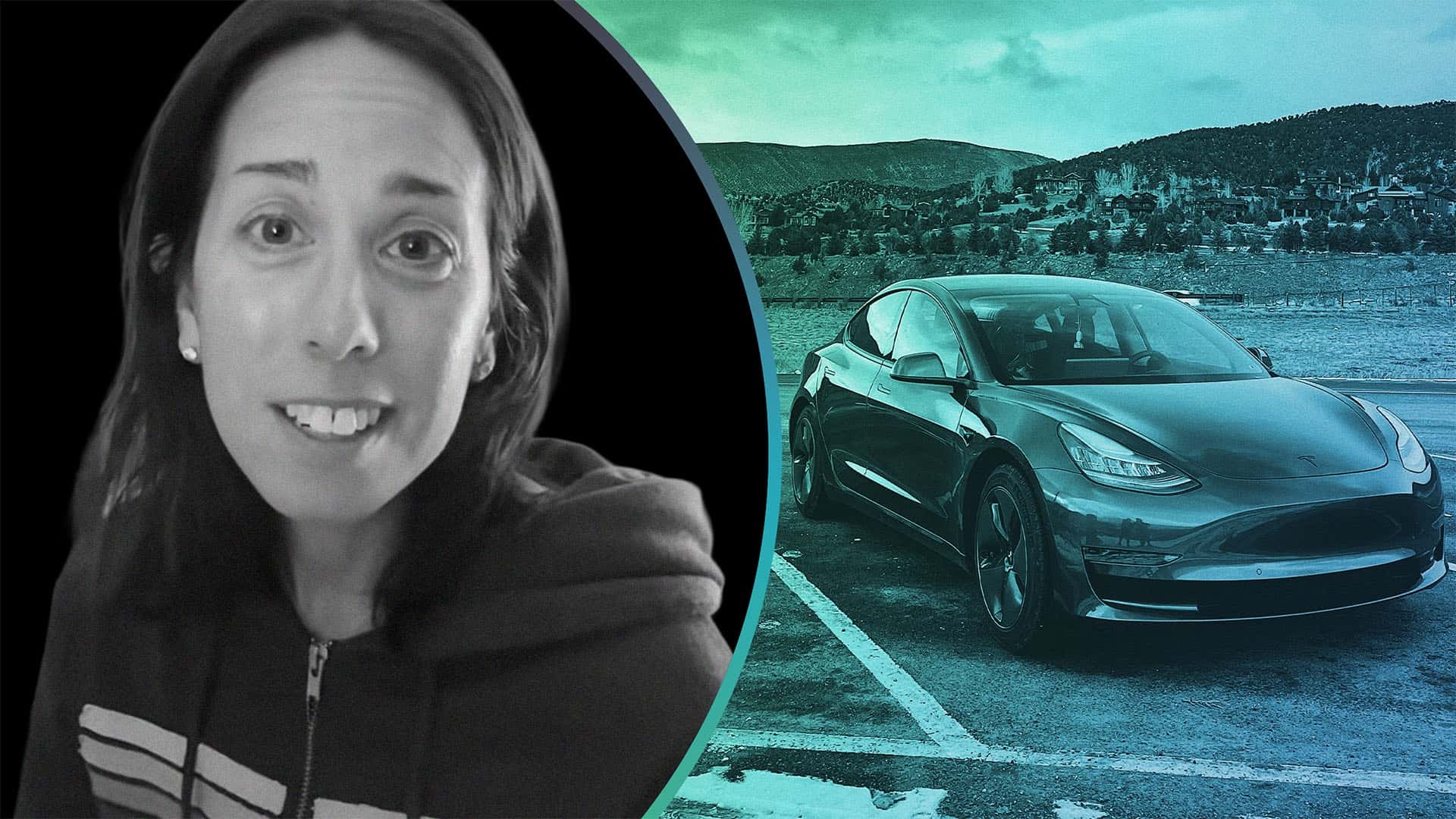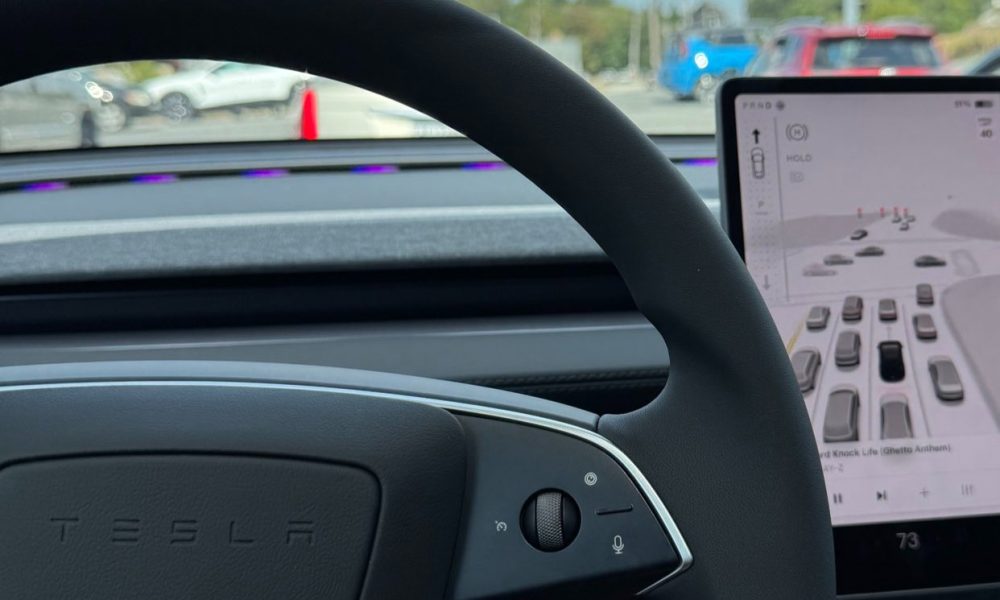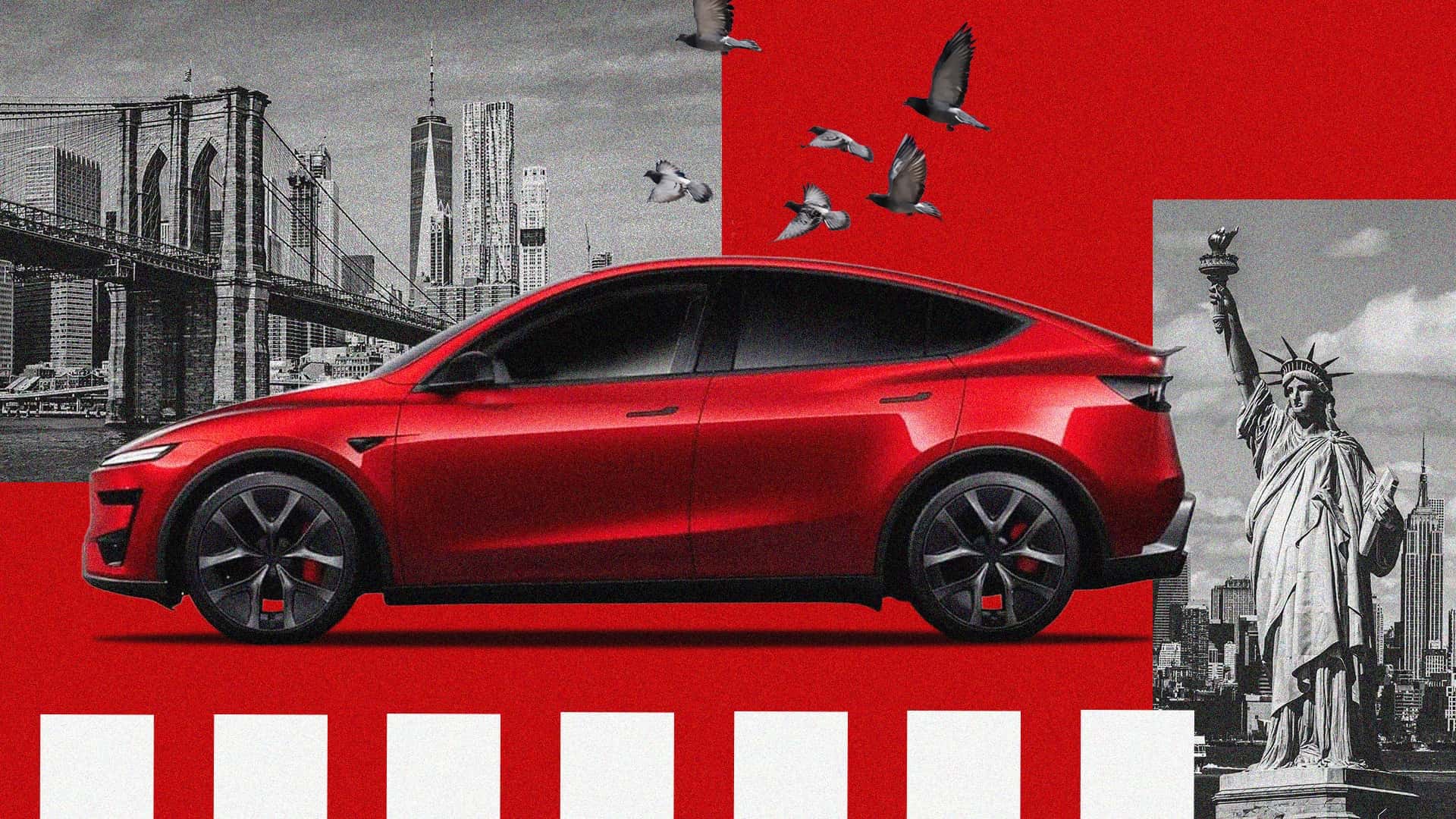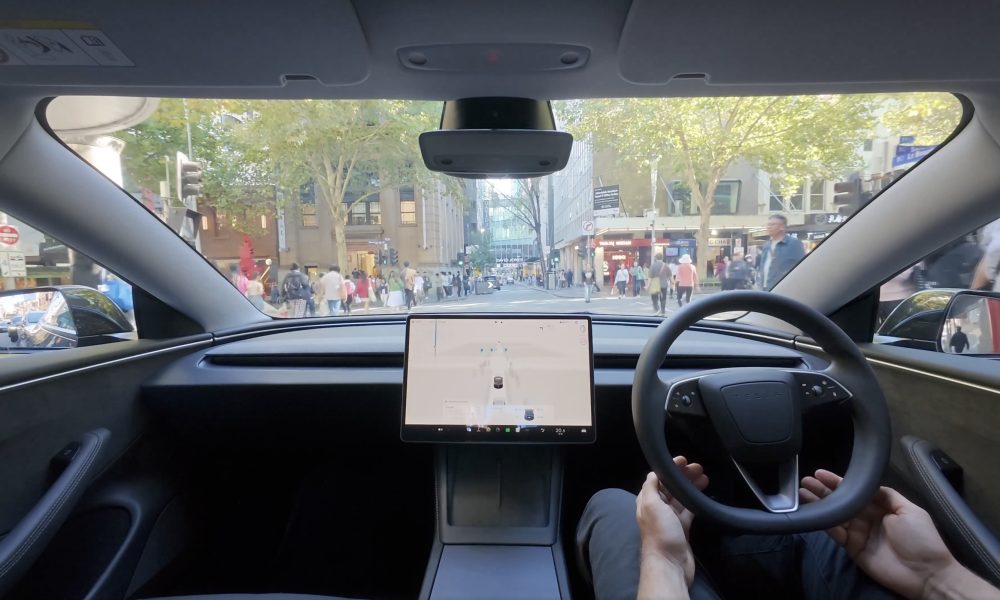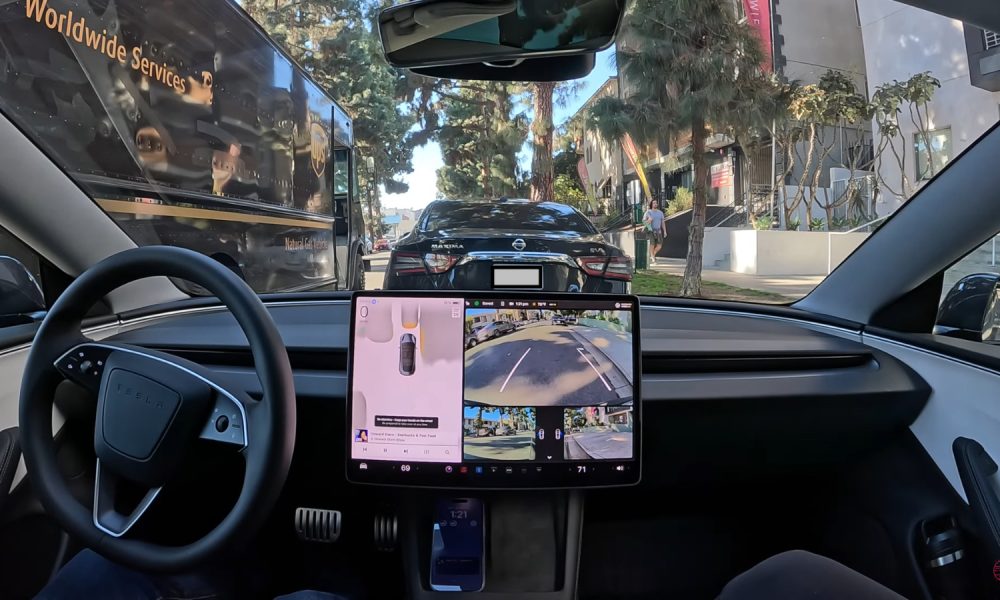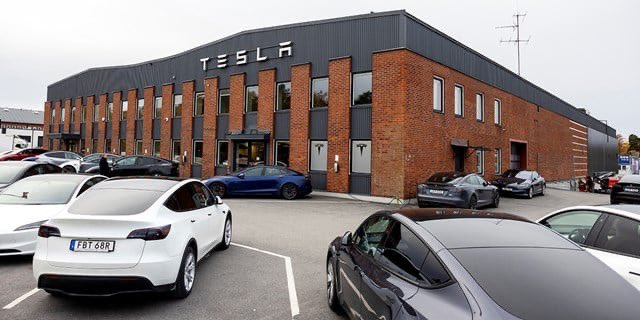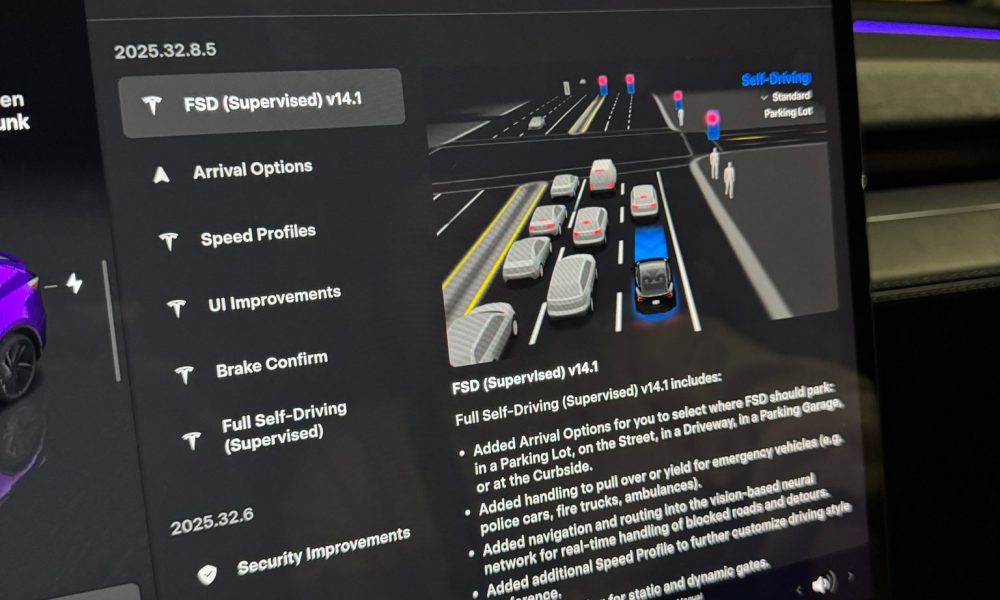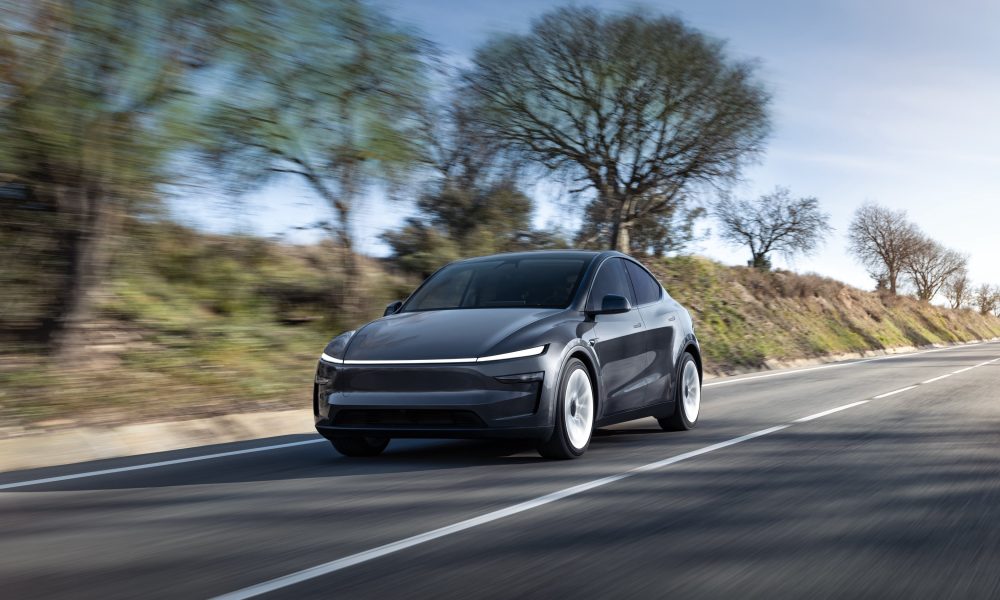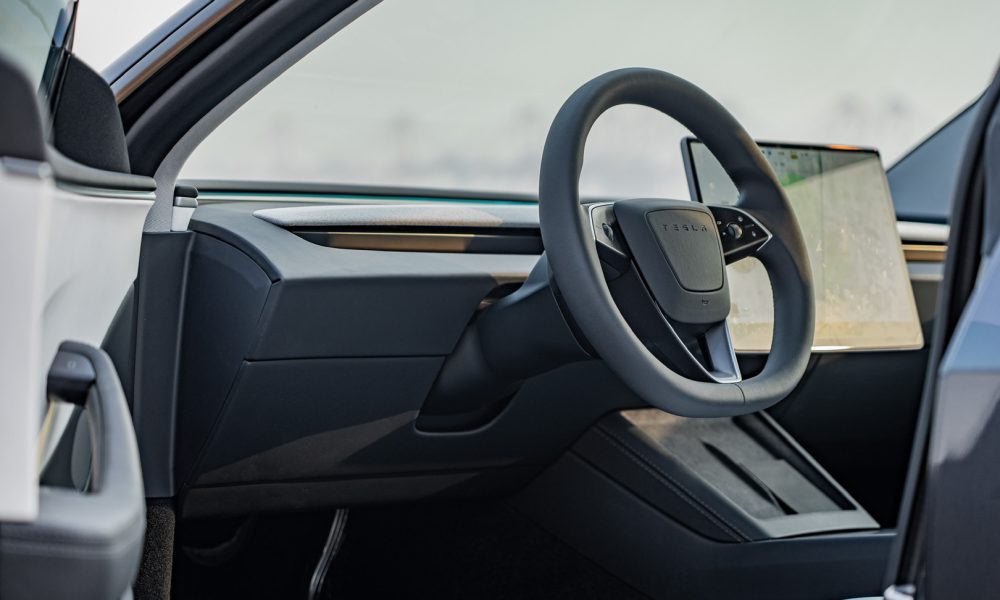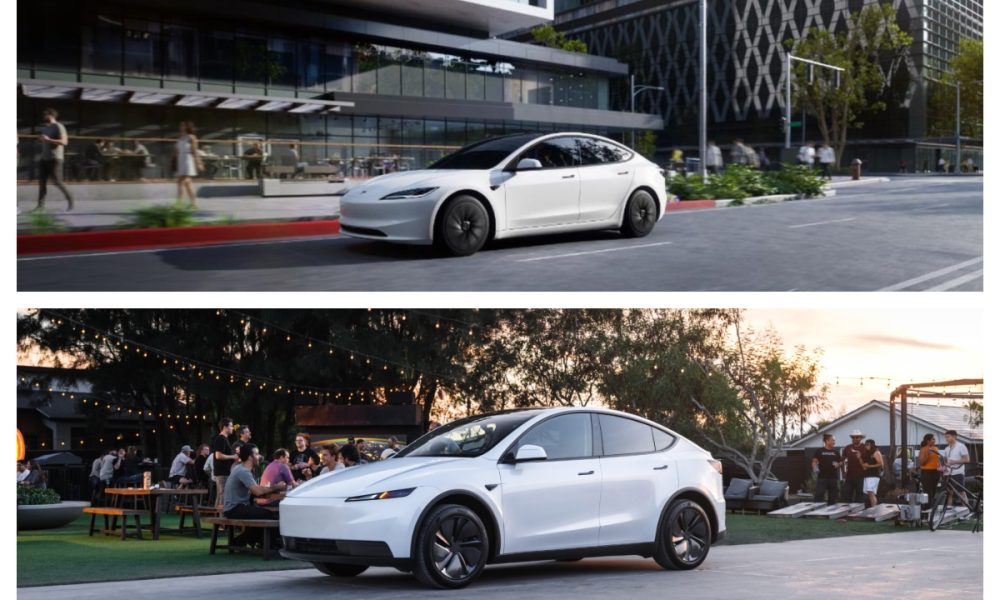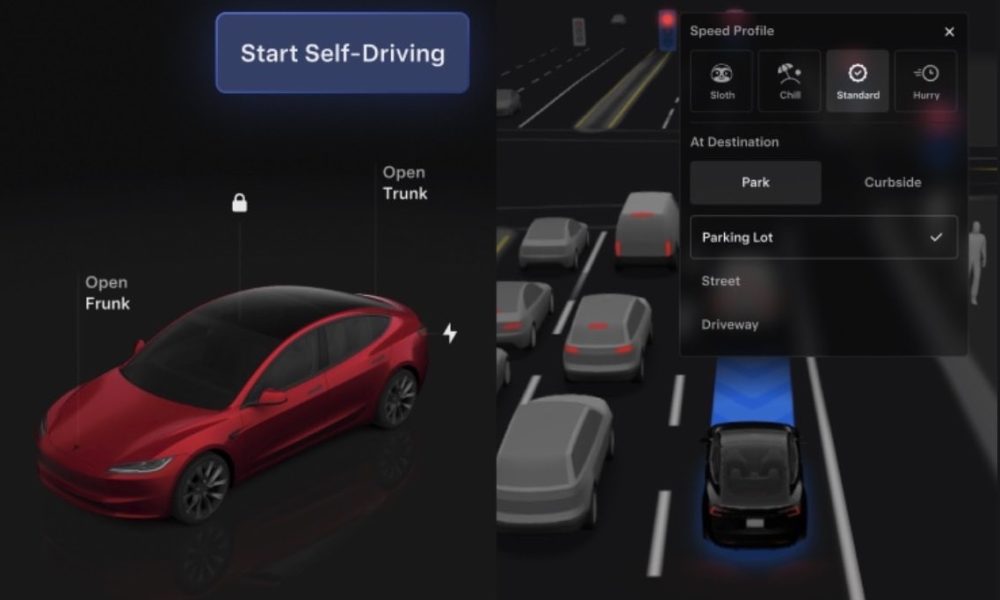#tesla-fsd
#tesla-fsd
[ follow ]
#autonomous-driving #vehicle-safety #nhtsa #mad-max-speed-profile #robotaxi #fsd-v141 #v141 #speed-profiles
fromTESLARATI
5 days agoTesla 'Mad Max' gets its first bit of regulatory attention
Tesla "Mad Max" mode has gotten its first bit of regulatory attention, as the National Highway Traffic Safety Administration (NHTSA) has asked for additional information on the Speed Profile. A few weeks ago, Tesla officially launched a new Speed Profile for Full Self-Driving (Supervised) known as "Mad Max," which overtook the "Hurry" mode for the fastest setting FSD offers. Tesla launches 'Mad Max' Full Self-Driving Speed Profile, its fastest yet
Cars
frominsideevs.com
1 week agoTesla's Robotaxi Business Is Growing. But The Hard Work Is Far From Over
The automaker's driver-assistance software is becoming more robust, and Musk claims it's almost good enough to take the training wheels off. By the end of the year, Tesla believes it will be able to remove the safety driver from its car. Tesla says its Full Self-Driving software is finally growing up. But much like a teenager with a learner's permit, the software isn't quite ready to be left unsupervisedyet.
Tech industry
fromTESLARATI
1 week agoTesla FSD's new Mad Max mode is getting rave reviews from users
A look at posts on social media platform X would show that, similar to past FSD releases, numerous Tesla content creators immediately tested Mad Max mode on real-world streets after it was downloaded onto their vehicle. Considering that the update was released rather late, the first tests of Mad Max mode were done at night. Despite this, it was evident that Tesla worked very hard to make Mad Max mode into something that is very useful in real-world scenarios.
Cars
fromWIRED
1 month agoTesla Is Urging Drowsy Drivers to Use 'Full Self-Driving'. That Could Go Very Wrong
Still, "Full Self-Driving (Supervised) requires you to pay attention to the road and be ready to take over at all times," the manual states. "Failure to follow these instructions could cause damage, serious injury or death." Now, however, new in-car messaging urges drivers who are drifting between lanes or feeling drowsy to turn on FSD—potentially confusing drivers, which experts claim could encourage them to use the feature in an unsafe way.
Cars
Cars
fromFortune
2 months agoTesla self driving cars are being tested in Boring Co. tunnels in Las Vegas, but full autonomy is still 'a ways off,' Convention Center exec says
Autonomous testing of Tesla vehicles using consumer Full Self-Driving software has begun in the Boring Company's Las Vegas Convention Center tunnel without passengers.
[ Load more ]
